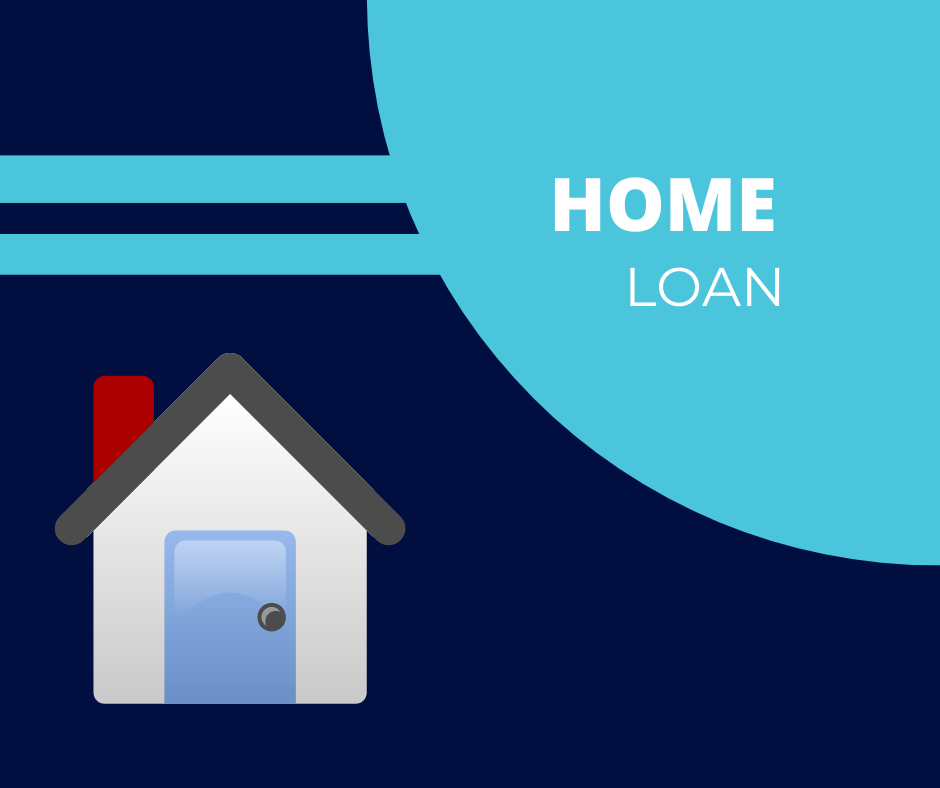Buying a home is a dream come true for many Indians. However, with rising property prices, it is not always easy to make this dream a reality. This is where home loans come in. Home loans are a popular financial product in home loan India that allows individuals to buy their dream home without having to pay for the entire property upfront. In this blog, we will discuss everything you need to know about home loans in India.
What is a home loan?
A home loan is a type of loan that is offered by banks and financial institutions to help individuals purchase a house or a flat. The loan is usually secured against the property being purchased, which means that if the borrower fails to repay the loan, the bank can take possession of the property.
Types of home loans
There are two types of home loans available in India: fixed-rate home loans and floating-rate home loans.
Fixed-rate home loans:
As the name suggests, the interest rate on fixed-rate home loans remains fixed throughout the tenure of the loan. This means that the borrower’s EMI (Equated Monthly Installment) remains the same, making it easier to plan monthly expenses.
Floating-rate home loans:
The interest rate on floating-rate home loans is linked to the benchmark rate set by the Reserve Bank of India (RBI). This means that the interest rate on the loan can change depending on market conditions. As a result, the borrower’s EMI may also change, making it difficult to plan monthly expenses.
Eligibility criteria for home loans
The eligibility criteria for home loans vary from bank to bank. However, some common criteria include:
- The borrower must be a resident of India
- The borrower must be at least 18 years old
- The borrower must have a steady source of income
- The borrower’s credit score should be good
- The borrower should not have any outstanding debts or defaults
Documents required for home loans
The documents required for home loans may vary depending on the bank or financial institution. However, some common documents include:
- Proof of identity (such as Aadhaar card, PAN card, passport, etc.)
- Proof of address (such as Aadhaar card, utility bill, etc.)
- Proof of income (such as salary slips, bank statements, etc.)
- Property documents (such as sale deed, title deed, etc.)
- Employment details (such as appointment letter, salary certificate, etc.)
Interest rates on home loans
The interest rates on home loans vary from bank to bank and may also depend on the borrower’s credit score. Currently, the interest rates on home loans in India range from 6.65% to 8.5%.
Repayment options
The repayment options for home loans also vary from bank to bank. Some common repayment options include:
- EMI: This is the most common repayment option. The borrower repays the loan in monthly installments over a period of time.
- Step-up repayment: Under this repayment option, the borrower pays lower EMIs in the initial years of the loan and gradually increases the EMI over time as their income increases.
- Step-down repayment: Under this repayment option, the borrower pays higher EMIs in the initial years of the loan and gradually decreases the EMI over time as their income decreases.
Conclusion
A home loan is an excellent financial product that can help you buy your dream home without having to pay for the entire property upfront. However, before applying for a home loan, it is important to research different banks and financial institutions, compare interest rates and repayment options, and ensure that you meet the eligibility criteria. With the right research and planning, you can easily get a home loan and make your dream of owning a home a reality.
You may also like
-
How to get the best CAD to Euro exchange rate when transferring money
-
How to Make International Money Transfers: A Complete Guide for Businesses
-
The Full Lifecycle of a Merchant Cash Advance: From Application to Repayment
-
10 Situations Where Margin Trading is Actually a Terrible Idea
-
7 Venture Ideas that Can Help You Make More in Less!

